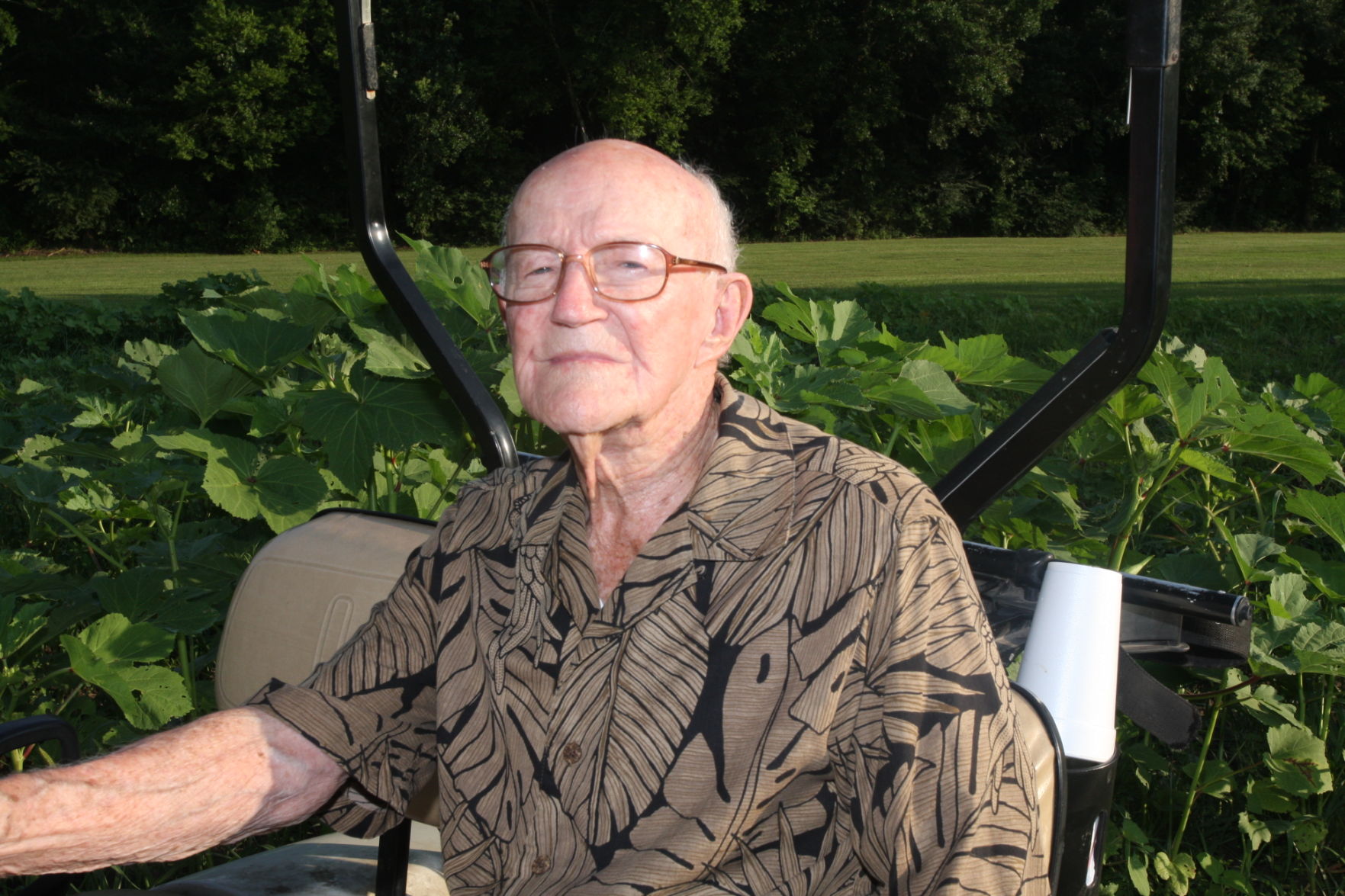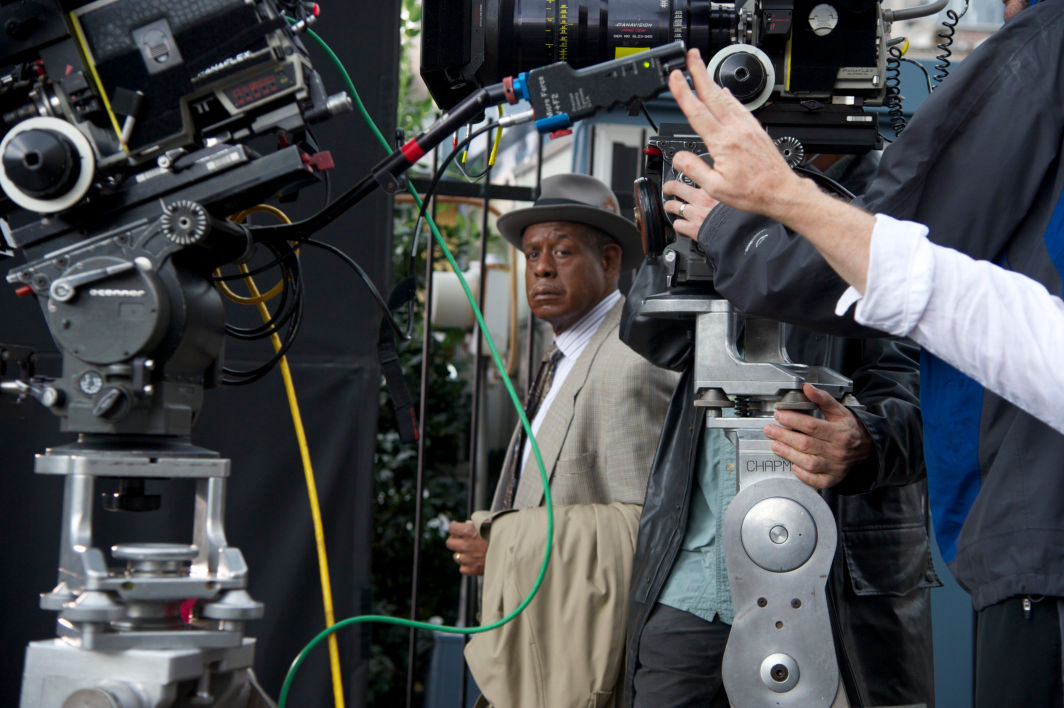
An educated man: Hard work, dedication behind storied career, life
May 27, 2015
Allen Callaway
May 27, 2015The Louisiana House of Representatives has passed a bill that would cap tax credits to movie producers.
Advocates of capping the credit see it as runaway government spending, but some in the industry think that the way in which the cap is executed is hurtful to the industry.
“There are two ways they seek to accomplish a lot of these goals as far as limiting the cost of the program with caps,” said Will French of Film Production Capital. “One of those caps is the equivalent of a weed eater and the other is the equivalent of a scalpel.”
House Bill 829, sponsored by Rep. Joel Robideaux, R-Lafayette, seeks to cap the entire Motion Picture Film Tax Credit at $200 million and each individual credit at $30,000. The bill also offers new incentives for local film makers.
The bill has passed the House and is in the Senate Finance Committee’s hands now.
To French, the $300,000 cap on all credits is the “weed eater” and the $30,000 cap on each project is “the scalpel.” French said once the cap is met each year, movies will go elsewhere to film.
His reasoning is that the cap on the entire program, even if it were a little higher, would hurt Louisiana’s budding film industry is that film producers do not collect the credit the same year they produce the movie.
French said there are currently nearly $700,000 in credits being processed by the Louisiana Economic Development Association, the department officiating the credit. He said that if those credits were approved next year, then the cap would be met and no other production company could get them that year. They would have to wait for years to get any film credits.
“And the simple outcome of that is that [movie companies] just won’t come,” French said. “They’re no point when there are 40 other states that offer tax incentives. There’s no reason they would come here if they had to wait four years to get their tax credit.”
Louisiana is one of 44 states in the union that offer tax credits to film production companies. In 2002, Louisiana was the first to offer such programs, and the competition for film dollars began as each state passed their own tax incentive programs to convince people to film in their states.
In Louisiana, the tax is transferrable. What that means is that a movie company can take tax credits that amount to the money they’ve been certified to have spent in the state and sell them to other people who may have a state tax liability that amounts to that.
The credit is offered through the LEDA. They certify that the spending was made in state. If the credit exceeds their current tax liability, then the state cuts them a check for the difference.
House Bill 829, would cut that practice out and allow the company instead to apply the difference to following years’ tax payments up to five years.
There are two competing economic impact studies that study the effectiveness of the motion picture credit. One written by a local economist and another, one is more favorable to the industry that the other is.
The study that is least favorable to the industry still concludes that the economic impact the film industry has on the state’s economy is great. According to that study, for every dollar spent in offering tax incentives to movie makers, the state’s economy gets $4.63 back and the industry creates over 12,000 jobs.
Lafourche and Terrebonne parishes have played an important role in the industry. In fact, the first movie filmed in Louisiana to take advantage of the tax credit, “Ray,” filmed a few scenes in the area.`
“Lafourche and Terrebonne are certainly assets to our offerings,” said Christopher Stelly, Executive Director of the LEDA. “When a film comes in, they look for a diverse palette of location opportunities, as well as new looks, fresh looks, and Terrebonne and Lafourche have always been there to serve as that back ground.”
Listed are films made in Louisiana that received tax credits through the program and films at least once in Lafourche or Terrebonne parishes.
LOUISIANA FILMING
• “Chesterfield,” expenditures: $888,497; actual La. payroll: $373,228
• “Swamp People,” expenditures: $5,548,866.23; actual La. payroll: $2,228,696
• “Beasts of the Southern Wild,” expenditures: $1,182,369; actual La. payroll: $246,328
• “The Hot Flashes,” expenditures: $4,775,303; actual La. payroll: $1,712,792.15
• “Looper,” expenditures: $32,547,840; actual La. payroll: $6,578,425
• “Parker,” expenditures: $26,661,548.06; actual La. payroll: $3,389,447
• “American Ultra,” expenditures: $20,741,216; actual La. payroll: $6,525,933.46
• “Cajun Justice,” expenditures: $1,511,011; actual La. payroll: $26,844
• “A Sort of Homecoming,” expenditures: $965,140.06; actual La. payroll: $178,775
• “My Own Love Song,” expenditures: $12,298,028; actual La. payroll: $3,544,807
• “Ray,” expenditures: $15,076,757.52; actual La. payroll: $4, 164,030.00
• “The Butler,” expenditures: $25,292,436.47; actual La. payroll: $8,511,697.53
Forest Whitaker on the set of “Lee Daniel’s The Butler.” The movie was filmed throughout the state, but a scene set in Washington D.C. was filmed partly in downtown Houma. A bill passed last week by the State House of Representatives may hurt the industry according to some.












